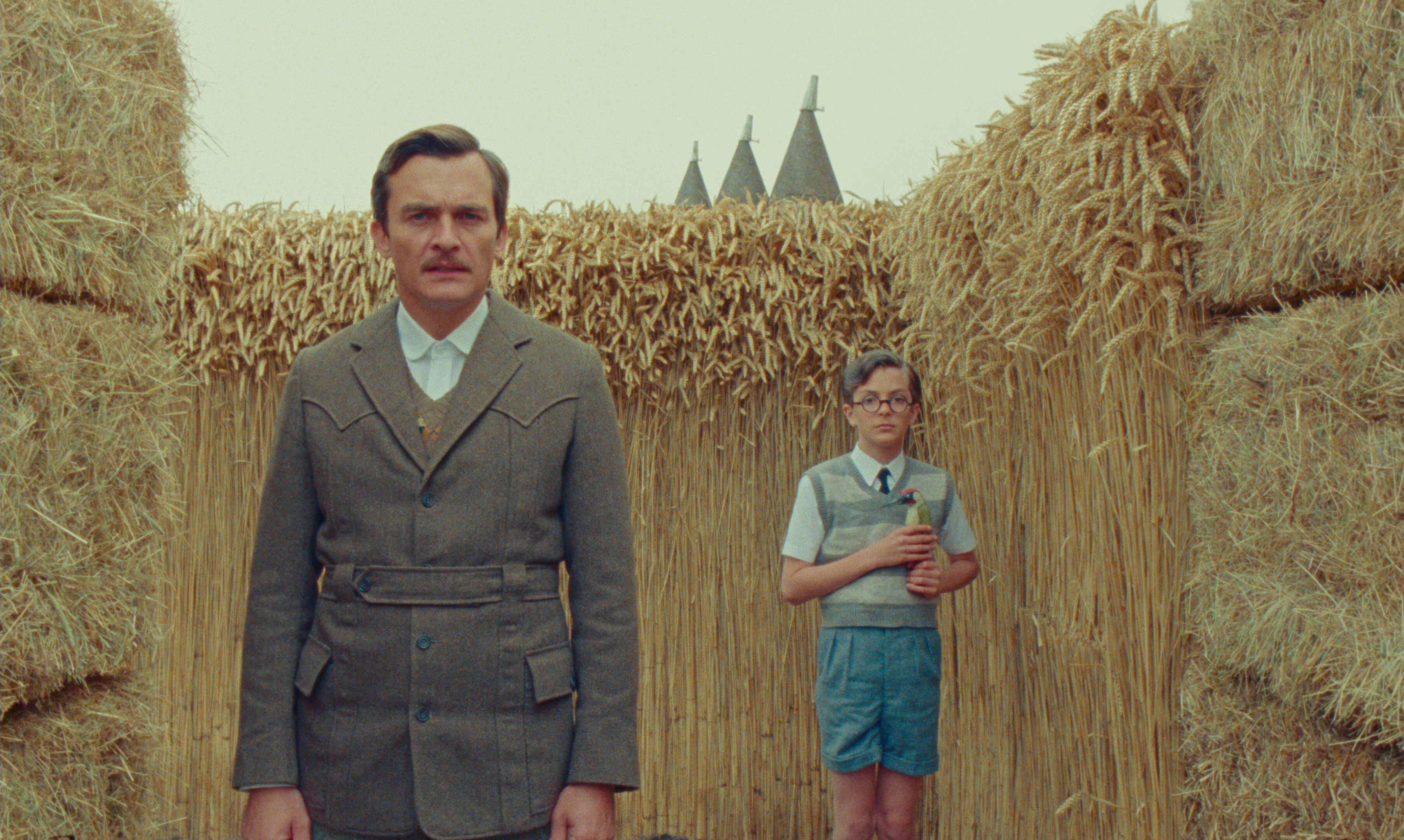Directed by Wes Anderson, Netflix’s short film ‘The Swan’ revolves around Peter Watson, a young and curious boy who gets taken as a “prisoner” by Ernie, who receives a gun as a birthday gift, and his pal Raymond. Ernie and Raymond have been killing birds with the former’s gun when they come across Peter, who cannot put up a fight against them. The two vicious boys then kill a swan and cut the bird’s wings, only to attach the same to Peter. The short film progresses through Ernie’s efforts to make Peter fly with his wings. Since the period drama is a heartening tale, one must be curious to find out whether the same has real-life roots. Well, let’s dig in.
A True Story of (Possible) Bullying
‘The Swan’ is a short film adaptation of Roald Dahl’s eponymous short story, which is included in the short story collection ‘The Wonderful Story of Henry Sugar and Six More.’ Dahl was inspired by the newspaper report of an actual event to write the story. He then kept the same in his “Ideas Book” for thirty years, only to eventually write the story in 1976. There are no details concerning the actual event available, which indicates that the same can be a typical incident of bullying that moved Dahl. The author must have then conceived the story to explore the emotions of a victim in a bullying incident.

In the short story, Peter suffers the misfortune of having his life on the line as Ernie makes him do things with a gun pointed at him. After tying Peter up, Ernie and Raymond make him lie down on a train track to find out whether a moving train will kill him. When the same doesn’t, they fit him wings severed from a dead swan and order him to fly. Despite getting harassed, Peter remains composed. He doesn’t panic or act terrified to increase the vicious “merry” of the two boys. Peter can be a fictionalized version of the possible victim of the actual event that inspired Dahl. Through Peter, the writer presents a “victim” as the hero of the story, without limiting the character to his vulnerability.
A Tale of Endurance
‘The Swan’ is ultimately a tale of endurance. The short story teaches us that endurance, while dealing with a highly unpleasant predicament, makes one unconquerable. Although the specifics of the actual event that inspired Dahl to write the story are shrouded in mystery, it is possible that the victim in the case displayed unflinching endurance to deal with the bullying the person might have been subjected to. In the story, Peter is fearless, which makes him unyielding to the threats of Ernie and Raymond. Even when they ask him to fly, Peter takes a stand until he gets shot by Ernie.

The unflinching courage Peter displays makes him a relatable figure. As Dahl says in the short film, some people cannot be conquered, both in times of war and in times of peace. Peter is presented as a representative of all the real-life figures who never gave up fighting irrespective of the immense suffering they had to deal with. Through Peter’s life, Dahl teaches us that such heroes are not limited to grand arenas or battlefields. In Dahl’s story, Peter is as mighty as Alexander the Great. The story and short film enable us to not only find strength in ourselves but also recognize the unconquerable people like Peter who live around us.
Dahl redefined the concept of victimhood through Peter’s tale. His story also makes it clear that heroes are present even in a tiny English village as they are on battlefields, which is nothing but a universal truth.


